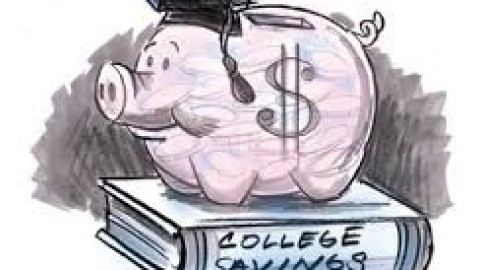What Return Are You Really Earning On Your Money?
By: Allie Schmidt, Financial Advisor, CFP®, CPA
Most investors want to know what return should be expected before investing. But what a lot of investors fail to look at is the difference between the nominal rate of the return and the real return after inflation and taxes. At the end of the day, it’s important to understand how investments affect your bottom line and your net position, since this is truly what will drive your ability to achieve your financial goals in the future. If the price of milk goes from $4 to $6, and your invested $4 goes to $5.50, you essentially can’t afford the same amount of milk as you did in the past. It’s important that assets are invested in a way to (at a minimum) keep up with inflation over time to maintain your standard of living.
Real return is the net result after taxes and inflation, it’s the increase or decrease of your purchasing power. Let’s look at an example. You have a certificate of deposit (CD) that’s about to come due. The yield on the new five-year CD you’re considering is 2.25%. It’s not great, you think, but it’s better than the 0.85% offered by your Money Market Account.* But that 2.25% is the CD’s nominal rate of return, which means it doesn’t account for inflation or taxes. If you’re taxed at the 28% federal income tax rate, roughly 0.63% of that 2.25% will be gobbled up by federal taxes on the interest. Okay, you say, that still leaves an interest rate of 1.62%; at least you’re earning something.
However, you also need to consider the purchasing power of that cash. You need to adjust your 1.62% after-tax return for inflation. Even though inflation is relatively low today, it can still affect your purchasing power, especially over time. Consumer prices went up by roughly 2.1% in 2016.** Suddenly that 1.62% return is less than the rate of inflation, and you’re actually losing money to inflation. In essence your purchasing power at the end of those 5 years with the interest earned will be less than the purchasing power you started with.
In some cases, the security that cash offers may be important enough that you’re willing to pay someone to keep your money safe, such as keeping cash for a near term purchase of a home, car, etc. This is not necessarily the wrong choice, but investors should always understand the cost of such a decision. There is a level of cash that everyone should hold, no matter what the interest rate, but with rates as low as they are, it’s historically one of the most costly times to overweight the cash portion of your balance sheet. (For more information about inflation, please check out our blog, www.hdwscolorado.com/blog).
*Source: Ally.com Money Market’s advertised rate as of July 2017.
**Source: As of December 2016, Bureau of Labor Statistics, Consumer Price Index obtained July 2017.
The opinions voiced in this material are for general information only and are not intended to provide specific advice or recommendations for any individual. All performance referenced is historical and is no guarantee of future results. This is a hypothetical example and is not representative of any specific situation. Your results will vary. The hypothetical rates of return used do not reflect the deduction of fees and charges inherent to investing. CDs are FDIC insured and offer a fixed rate of return if held to maturity. Investing involves risk, including possible loss of principal.







